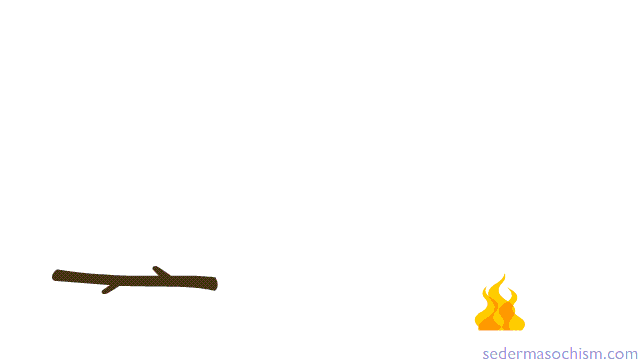…and extinguished the Fire, that burnt the Stick, that hit the Dog, that bit the Cat, that ate the Goat which my father bought for two zuzim. Chad Gadya
Animator. Director. Artist. Scapegoat.
…and extinguished the Fire, that burnt the Stick, that hit the Dog, that bit the Cat, that ate the Goat which my father bought for two zuzim. Chad Gadya
 …and burned the Stick that beat the Dog that bit the Cat that ate the Goat which my father bought for two zuzim. Chad Gadya
…and burned the Stick that beat the Dog that bit the Cat that ate the Goat which my father bought for two zuzim. Chad Gadya
and beat the Dog, that bit the Cat, that ate the Goat, which my father bought for two zuzim. Chad Gadya